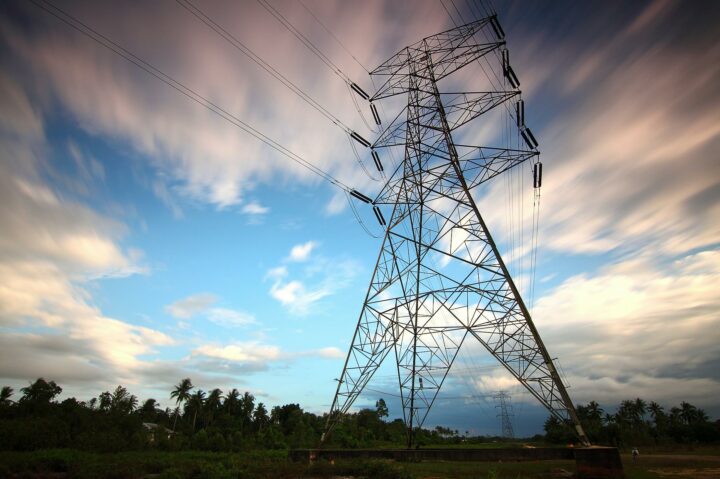The following contribution is from another author.
Switching to a more budget-friendly energy plan helps in effectively managing your finances better and experience savings in your electricity bills. However, for many households, it can be challenging to determine which plan fits their energy requirements the best and whether it is practical to make the switch.
Even though many options are available, picking the best one for your household can be difficult. This article will help you understand which plan will help you save the most on utility bills and compare energy plans on various parameters to help you decide better.
Look For Prices, Rewards, And Credits
Making comparisons based on price may seem practical initially, but as every household has different energy requirements, there will be discrepancies in bills. Due to this, energy retailers will likely draw an estimate on a monthly or yearly basis. Digging through your previous bills to better understand your energy consumption and the approximate amount it costs is always advisable.
Here’s a checklist of things to look for while comparing plans before making a decision:
- Energy tariff rates for when your household is connected to an electricity or gas network for everyday use.
- The contract for your energy plan.
- Any discounts and offers that are available when paying the bills before the due date or in advance.
- Nature of the billing cycle – monthly, quarterly, or bi-monthly.
It is always best to weigh your options to ensure they align with your energy requirements and the budget you aim for. Carefully comparing plans and switching to a better one, if possible, will contribute significantly to savings.
The Type Of Tariff
Price structures may vary for different tariff plans. These plans determine the rates you will pay upon consumption of every kilowatt hour (kWh). In Australia, there are four major tariff types you can choose from. These are:
- Single-rate tariff plans: These are available widely, and anyone can use them. The plans consist of a flat usage rate with a supply charge. Regardless of how long you use the electricity, the charges will remain constant.
- Time of use tariff plans: Available for households with an installed smart meter, this tariff plan segregates the overall electricity usage into peak, off-peak and shoulder periods. These periods have their own usage charges. This is a viable option for households where members spend most of their time away from home.
- Demand tariff plans: This tariff plan encourages households with smart meters to consume less electricity during peak hours. Energy retailers usually set the charges. When you put too much demand on the grid, there’s a chance you can attract a penalty. Households also get the option to opt-in to save money by not using electricity during peak hours. This makes them ideal for households that spend their maximum time at work.
- Controlled load tariff plans: These apply to appliances with their own circuit cycle (e.g., a hot water system). The additional charges will be shown separately in the bill.
Type of Contract
These are the popular contract types that households in Australia opt for.
- Variable rates plan: These are currently the most common contracts being offered. Herein, the prices are subject to vary over a period of 6 to 12 months.
- Fixed-rate plans: In these plans, the prices you will pay for a period of time (usually 12 months) will remain fixed. These are available less these days. Opting for these protects a household from unexpected, volatile surges in bills.
Additional Fees Involved
Besides the aforementioned, there are a few additional fees you might incur, which could add to your power expenses. Hence, keep the following in mind to minimise taxes and additional expenditures as much as possible:
- Credit card fee
- Connection and disconnection fees
- Membership fee
- Payment processing fee
- Dishonour and late payment fees
- Early exit fee (especially if you are switching to solar energy and feed-in tariff plans)
Conclusion
In recent times, electricity has become costlier for Australian pockets. While it is wise to compare energy plans before opting for one, keep in mind that your plans revolve around your household’s energy needs and not solely on the best offer you are able to bag.
















